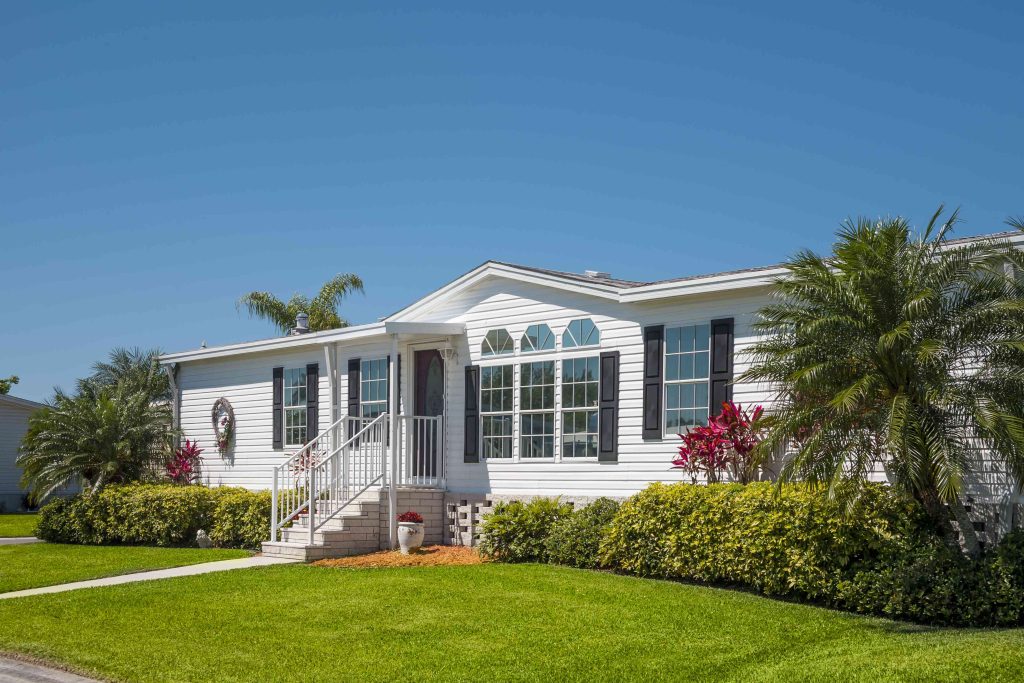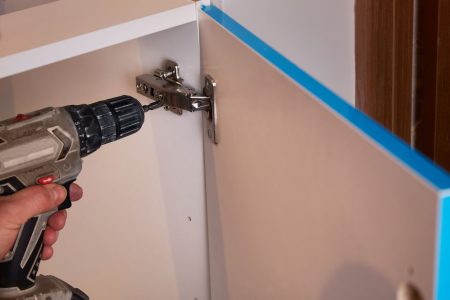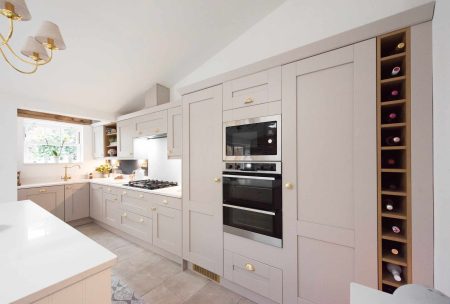If you are buying a new manufactured home, you will need to decide which company will be building your new home. You want a home that is within your budget and built with solid construction and quality workmanship. Being an informed consumer and researching the homes, builders, and dealerships can help you make the best choices.
Quality and Varieties
Construction quality varies by model and region. Manufactured home builders offer models that range drastically in price, size, and construction quality. Lower-priced homes will not have the same building composition that a site-built home offers. Builders would never make a profit if they offered those options at the lowest price.
The numerous models and options available in manufactured housing are both an advantage and a disadvantage. The biggest advantage is obvious: the endless options give you, the homebuyer, ultimate control over every aspect of the home. A home can be built to whatever specifications you may have and at a price site-built homes simply cannot match.
A disadvantage of offering so many different home models is the fact that these options are disregarded when it comes to the overall opinion of manufactured homes. The poor reputation that manufactured homes have is undoubtedly based on the lowest-priced models, which happens to be the most common. The fact is that builders offer many home models, from low cost to luxury, and many of them meet or exceed site-built homes in every way. It would be similar to thinking that every car is exactly like a 1971 Pinto, named one of the worst cars in history. You simply can’t judge all of them based on only a few.
Another disadvantage of offering so many different options and upgrades is the homebuyer can become overwhelmed during the buying process. We’re here to help, though! The following information will help you figure out the best options and upgrades to consider for your new manufactured home.
Models and Price Ranges
From low cost to luxury, manufacturers-built homes are available in every price range. The price range will determine the overall quality of the model.
Lower-priced homes will have basic grade materials and HUD-acceptable construction. Thin interior walls and lower ceiling height are standard in these homes, as are the lower grade carpeting and wall panels.
Mid-to-high priced homes will offer better material quality and higher construction composition. Upgrades like double pane windows, shingle roof, larger studs, and higher ceiling heights are used in higher-priced homes.
Options and Features
Aesthetic options include carpeting, vinyl, wall panels, countertops, cabinets, faucets, siding, and the like. There’s a style for everyone! However, a homebuyer should not put much emphasis on the aesthetics of a new home because styles change every few years.
Non-aesthetic options are the most important. Options such as roof pitch, insulation, exterior sheathing, wall studs, floor decking, doors and windows, and other aspects that make up the home construction. Here’s what you will need to consider:
-
01
of 04Roof Pitch
Roof pitch is determined by the raise of the roof for every foot of the run. A 4/12 pitch means the roof rises 4 inches every foot from end to center.
Site-built homes have roofs from 4/12 and go all the way up to 12/12. Most professionals correlate higher pitches with better construction, meaning the roofs can withstand more weight.
If you live in an area that gets a lot of snow, you want a higher roof pitch. Those in the mild winter areas, probably don’t need high-pitched roofs.
-
02
of 04Insulation
Insulation is rated by the R number or R-value. A higher R-value means the insulation holds heat better or has better thermal resistance.
There are four types of insulation used in a manufactured home: roof, ceiling, walls, and flooring.
HUD code requires every home to have a minimum R-value for each type, or location, of insulation. Roofs must have a minimum R-value of 14. Ceilings, walls, and floors must use a minimum of a 7 R-value insulation.
Upgrading the home’s insulation is a smart decision, especially if you live in cold climate areas. You can easily make up the cost of upgrading with lower heating costs.
-
03
of 04Framing
The framing of a home is very important. Framing gives a home strength and shape.
Most professionals recommend a minimum of 2 by 6-inch framing on a 16-inch center (2×6″ 16″ OC). This allows for ample insulation and provides strength.
The smaller 2 by 4-inch framing is mostly used in the lowest-priced models, and it is often recommended that a buyer upgrades to the 2 by 6-inch.
-
04
of 04Subflooring, Carpeting, and Vinyl
There are several varieties of subflooring used in manufactured homes, and all must meet the HUD code minimum by having at least a 7 R-value. This would be a smart place to upgrade, especially if you live in cold climate areas. You can increase the R-value and the strength of the flooring in the home.
The standard 3/8-inch particle board installed with staples and water-soluble glue should be upgraded to at least 5/8-inch thickness. If possible, insist on waterproof glue and screws instead of staples.
Carpet quality is graded by its weight. They use a system of ounces, the higher the ounce weight, the better. Standard carpeting in a manufactured home usually has a weight, or rating, of 15 ounces or less. If long-lasting carpeting is important to you, you will want at least a 21-ounce carpeting.
Padding quality is determined by thickness and weight. However, instead of using weight measurement in ounces, like carpet, they use pounds. Standard manufactured home padding is less than 3/8-inch foam. You probably want at least a 5-pound, 7/16-inch thick padding.
Choosing the Best Home for You
Knowing what upgrades to choose from can help you buy the best-manufactured home for you and your family. Keep in mind that aesthetics rarely matter in the long run. Those stylish faucets you want will likely be outdated in a few short years. Instead, focus on higher construction quality. You want a home that will keep your family comfortable for many years and have a strong resale value. Both are possible when you take the time to research and make your decisions as an informed consumer.
Read the full article here









